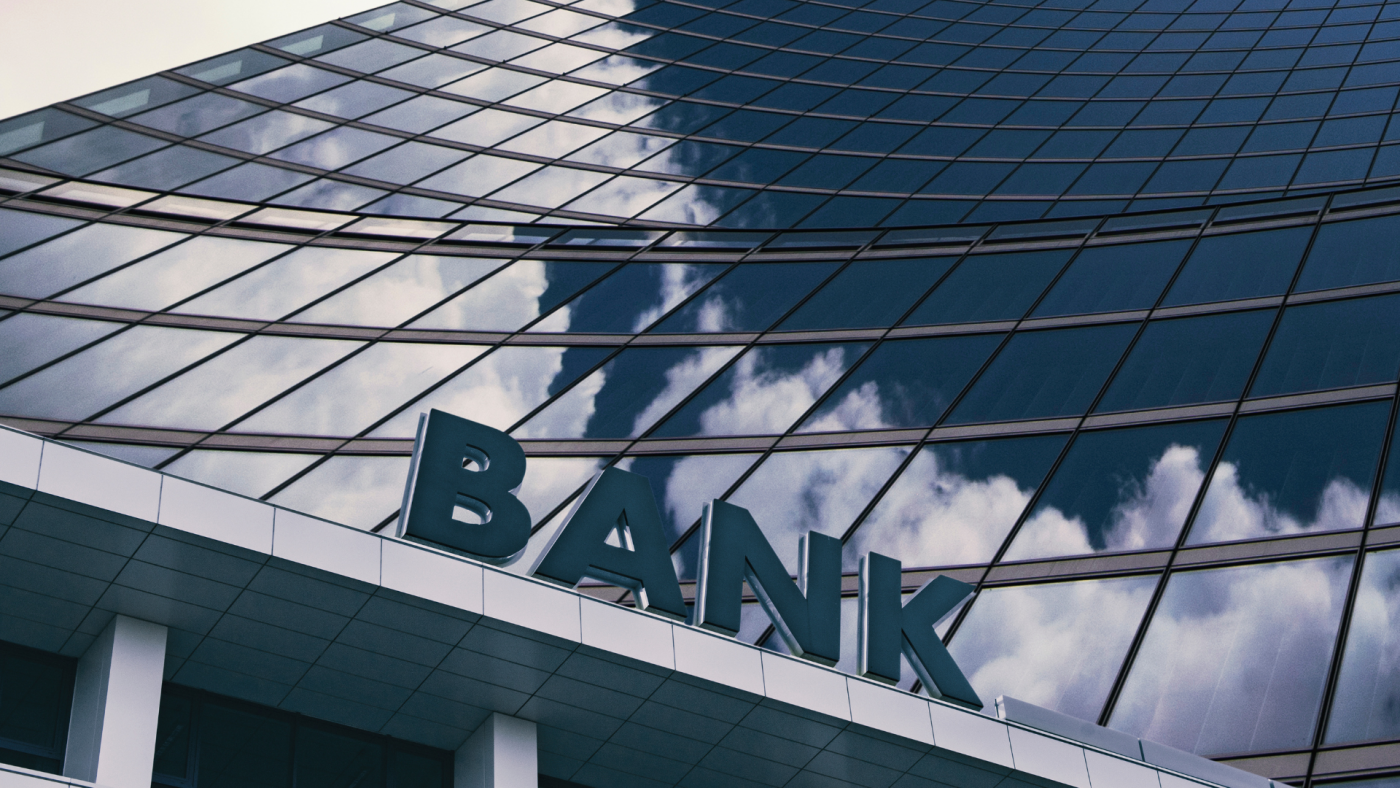Knowing how buildings work inside is a key to better understanding where energy consumption comes from. In this article, you’ll learn about the types of offices and buildings that banks have today, and how bank offices consume energy.
The 3 Types of Offices of Current Banks
In general, there are three types of banking buildings and they have somewhat different behaviours:
- Retail or Branch Office: This is the most common type of bank office that most people are familiar with. Retail or branch offices are physical locations where customers can walk in and conduct banking transactions. These offices are typically located in high-traffic areas such as shopping malls, city centres, or busy streets. They are staffed with bankers who provide a range of services to customers, including opening accounts, depositing and withdrawing money, applying for loans, and providing investment advice. Retail or branch offices are important for building relationships with customers and providing personalised services.
- Corporate or Commercial Office: Corporate or commercial offices are focused on providing banking services to businesses, organisations, and large corporations. These offices are staffed with bankers who specialise in providing customised banking solutions for businesses, including cash management, payroll services, and corporate finance. Corporate or commercial offices are typically located in business districts and often have larger teams of bankers who work with business clients to provide tailored banking solutions.
- Virtual or Online Office: Virtual or online offices are a relatively new type of bank office that has emerged with the growth of digital banking. These offices are not physical locations, but rather, they exist in the digital space. Virtual or online offices allow customers to access their banking services and complete transactions online, through mobile apps, or over the phone. They offer a range of services, including opening accounts, applying for loans, transferring funds, and paying bills. Virtual or online offices are convenient for customers who prefer to conduct banking transactions remotely, and they are often available 24/7, providing customers with round-the-clock access to their accounts.
According to Dexma’s analysis of data based on thousands of energy consumption readings from the banking sector, branches are responsible for 90% of the energy consumption of banks and energy is ⅓ of the costs per location.
That 33.3% cost of the branch is distributed throughout the different facilities of the premises. Some of this equipment is common in “traditional” offices and the new store-branch concept:
- Air conditioning systems (HVAC, by its acronym, are very common in the energy sector). Both fans and air conditioning or climate systems. They are one of the office systems that can produce more consumption peaks since they depend on the season of the year and the variation in the outside temperature.
- Lighting systems: the productivity and comfort of building users depend on this, as well as a significant proportion of the energy cost. It must also be taken into account that it must comply with regulations related to occupational risks and the health of employees (in the case of the UK, regulated in HSW).
- Work equipment: computers, monitors, touch screens, ATMs, electronic equipment such as tablets, mobile phones, etc.
- Automation systems: one thing that is completely normal in any bank building is the use of building automation technologies, known as BMS or BAS.
- Security systems: cameras, access control, alarms, etc.
The distribution of energy consumption in bank branches can vary depending on several factors, such as the size of the branch, the type of building, the age of the building, and the equipment and technology used. However, in general, the main sources of energy consumption in bank branches are:
- Lighting: Lighting can account for a significant portion of energy consumption in bank branches, especially in larger branches or branches that are open for longer hours. Banks can reduce lighting energy consumption by using energy-efficient light bulbs and fixtures, installing motion sensors to turn off lights when no one is present, and using natural light sources where possible. It accounts for 10% to 30% of a bank branch’s total energy consumption.
- Heating, ventilation, and air conditioning (HVAC): HVAC systems are essential for maintaining a comfortable indoor environment in bank branches. However, HVAC systems can consume a significant amount of energy, especially in older buildings with less efficient systems. Banks can reduce HVAC energy consumption by upgrading to more energy-efficient systems, using programmable thermostats to control heating and cooling schedules, and ensuring that systems are properly maintained and serviced. It can account for 30% to 50% of a bank branch’s total energy consumption.
- IT equipment and appliances: Bank branches typically use a range of IT equipment and appliances, such as computers, printers, ATMs, and coffee machines. These devices can consume a significant amount of energy, especially if they are left on when not in use. Banks can reduce IT equipment and appliance energy consumption by using energy-efficient devices, turning off devices when not in use, and using power management features to automatically shut down devices after a period of inactivity. It can account for 10% to 30% of a bank branch’s total energy consumption
- Building envelope: The building envelope refers to the walls, windows, doors, and roof of the building. A poorly insulated building envelope can result in significant energy losses, as heat can escape during the winter and enter during the summer. Banks can improve the energy efficiency of the building envelope by adding insulation, sealing air leaks, and upgrading windows and doors to more energy-efficient models. It can account for 10% to 20% of a bank branch’s total energy consumption.
According to various sources, the banking industry consumes over 260 TWh each year.
The average expenditure of European banks on electricity can vary widely depending on the size and location of the bank, the types of equipment and technology used, and the energy prices in the region. However, according to a report by the European Banking Federation, the average electricity cost for banks in Europe is around 10 to 15 euro cents per kWh.
Based on this estimate and the energy consumption of an average bank branch, which can be around 100,000 kWh per year, the annual electricity expenditure for a bank branch in Europe could range from 10,000 to 15,000 euros. However, given the current energy crisis we are going through, these numbers can vary greatly.
In addition, it’s important to note that these are rough estimates and the actual expenditure can vary widely depending on the specific circumstances of the bank. Additionally, banks may have different levels of energy consumption and energy efficiency measures in place, which can affect their electricity expenditure.
And now that you know better how bank branches work and consume energy, continue to advance your learning about energy and its management in banks with the guide “Energy Management and Efficiency for Banks”. In this pdf, you will have much more information on this subject. Download it by clicking below!




